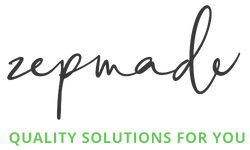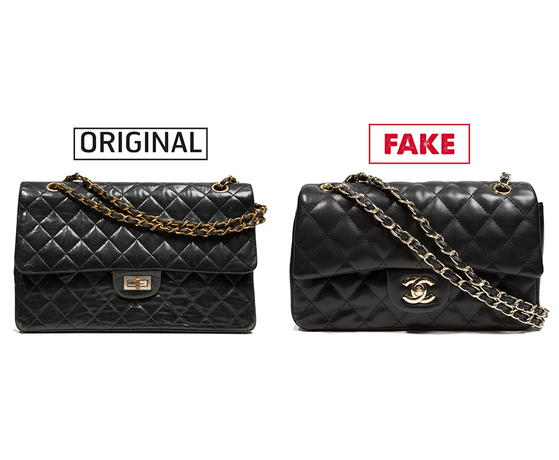- No products in the cart.
How Do You Know If a Bag Is Genuine?
09
Jul
A handbag is something you should invest in as you will be using it often. The designer bags are made of high-quality materials that make them last a very long time. Fortunately, there are some easily identifiable features to look for when shopping. A genuine designer bag will have high-quality leather, buckles and zippers, an accurate logo, and often an authenticity label. Avoid street vendors and go to a branded store to make sure you're buying the real thing!
Identifying Counterfeit Bags by Cost
One of the most significant indicators of fake bags is their price. Authentic designer bags may be discounted, but they are never marked down to the lowest discount prices.
Seller's Location and Amount of Bags Sold
Where the bags are sold is another indication of their authenticity; you won't find an authentic bag at a flea market or from a street vendor. To keep demand growing, designers limit each style in circulation, often limiting the number of bags a consumer can buy in a given period. Any seller with a dozen bags of the same type is probably trying to sell counterfeit items rather than genuine items.
Features of Fake Designer Bags
The bags themselves are always the most significant source of verification as to whether they are genuine or fake. When inspecting a potentially faux bag, check for different features, including:
Fabric and Materials:
Fake bags use lower-quality materials; the leather may feel like plastic instead of being soft and supple, or the fabric's dye may be uneven and stained.
Stitching:
Authentic designer bags have tight, even seams, while knock-out bags can have loose, poor quality artistry, uneven hems, and even without seams where the fabric (especially on the inside) is glued rather than sewn on.
Labels:
The interior labels of designer bags will say that they were made in Italy (or any other authentic place), and while some fake designer bags are, others will be made in Taiwan, China, Hong Kong, or other manufacturing countries.
Designer Logos:
Many designers attach signed logo plates to their bags. While fake plates can be blurry or slightly inaccurate, these plates should print clearly. A common trick is to misspell the designer's name: Prada becomes Proda, for example. Also, look for logos printed on the inner linings - fake bags often lack this detail.
Certificates of Authenticity:
Designer bags often come with certificates of authenticity to prove their origin. Counterfeit bags will miss this paperwork, but sellers may claim that it will be mailed or lost.
Wrong Design:
Counterfeit items may be offered in colors or styles that are not on the original bags. Do not believe the sellers who try to argue that the unusual design is simply rare and therefore a better deal.
Misaligned Details:
Bags that use rivets or crystals, such as Juicy Couture bags, should have straight lines and symmetrical spacing; fake bags are less carefully assembled and may have poorly aligned accents.
Initial Damage:
Designer bags are carefully wrapped (typically in paper or tissue) for protection until they reach the consumer. Any bag that shows wear when supposedly "new" is likely a fake item - look for scratches, scuffs, minor rips, and other seemingly minor imperfections. The fashion bag industry prides itself on quality, and such scratched and nicked items are never allowed to be sold.

